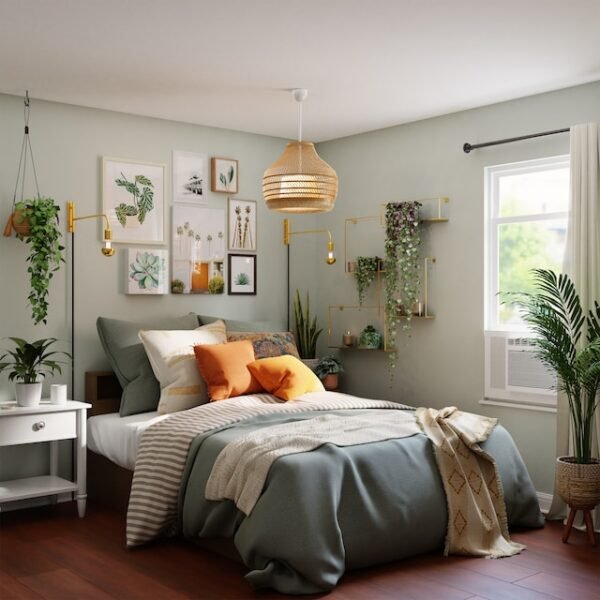In today’s dynamic real estate market, buying a new home before selling your current one can be exciting and daunting. Inspired by Sundae, FlyHomes, and Fast Expert insights, this guide will walk you through the essential steps and considerations for making this bold move. Understanding the buying process before you sell is crucial, whether it’s for a lifestyle change, an expanding family, or a fresh start.
Evaluating the Pros and Cons
Before diving into the process, weighing the benefits and drawbacks is essential. Sundae highlights vital advantages such as eliminating interim housing worries, potential rental income from your old home, and the ability to wait for a better offer on your current property. Conversely, challenges like managing two mortgages, the inability to use home equity immediately, and the complexities of securing a second mortgage are significant considerations.
FlyHomes adds to this by emphasizing the ease of selling after securing a new home, the advantages in competitive markets, and the convenience of home showings. However, they highlight the financial strains of juggling two mortgages and potential tax implications on home sale profits.
Navigating the Buying Process Once you decide to buy before you sell, the next step is understanding how to navigate this process. According to Sundae, qualifying for a second mortgage requires sufficient home equity, a satisfactory credit score, and a stable debt-to-income ratio. Exploring various buying options such as bridge loans, home equity loans, or leveraging investment funds can provide different pathways, each with unique advantages and limitations.
FlyHomes suggests methods like making contingent offers or using short-term loans for all-cash offers while mentioning the benefits of specialized programs like their Buy Before You Sell offers.
Financing Strategies
Financing is a critical aspect of buying before selling. Sundae advises securing a down payment, including using home equity, considering sale-leaseback contingencies, or putting down less than 20%. Additionally, it’s essential to be aware of the tax implications highlighted by FlyHomes.
The Section 121 exclusion can offer tax-free profits while understanding long-term and short-term capital gains tax rates is essential.
On the other hand, Fast Expert recommends selling your home first to use the proceeds for a new home, thus avoiding the burden of two mortgages. They also note the benefits of having more time to move and improve your home.
Alternatives and Preparing for the Transition
If buying before selling seems overwhelming, consider alternatives like renting out your old home or selling to a real estate brokerage, as suggested by Sundae. Fast Expert adds that selling your home first can provide financial relief and room for negotiation.
Regardless of your choice, getting pre-approved for a bridge loan, obtaining an accurate appraisal of your current home, finding a trustworthy real estate agent, and ensuring sufficient cash are all steps Fast Expert recommends for a smooth transition.
The journey to buy before you sell is paved with opportunities and challenges. You can make an informed and confident decision by carefully considering your financial situation, exploring different buying and financing options, and preparing for the nuances of this process. With proper planning and expert guidance, your dream home awaits, offering a new chapter filled with possibilities.







